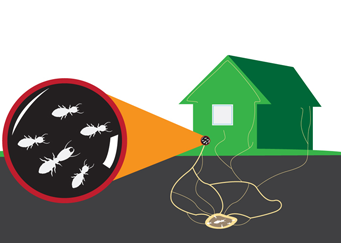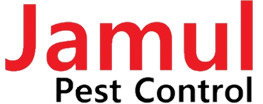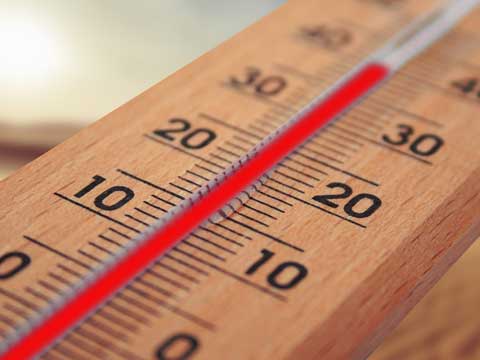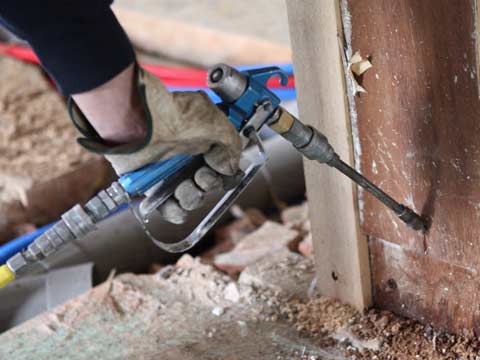What Are Subterranean Termites
Subterranean termites are small white insects which feed on wood. These termites require a great deal of moisture to survive and construct under ground nests called crown colonies where they infest structures from a distance. Crown colonies act as a central hub that Subterranean termites use to infest structures from a distance. As they spread out, Subterranean termites will also set up satellite colonies in the space between infested structures and the primary crown colony. With our warm and sunny climate, subterranean termite infestations can happen any time throughout the year. Subterranean termites usually swarm in spring when the ground warms or after rain. Protective mud tubes are the primary source of above ground transportation between the colony and the infested timber. It is common to find evidence of subterranean termites in basements, baseboards or any wood framing buried in soil.


Subterranean Termite Damage
Subterranean termites threaten the foundation of a structure by undermining the soil and buried wood. If a subterranean termite infestation is ignored, the safety of your home or property may be compromised. Untreated infestations can cost thousands of dollars in damage and almost always require extensive repairs to be made to the concrete slab or foundation of the structure. Subterranean termites will also enter a home through cracks in the cement slab or joints of the structure. After entering the home, Subterranean termites typically end up in suitably moist locations such as bathrooms or showers.
Signs of a Subterranean Termite Infestation
Subterranean termites infest structures by drilling mud tubes through the soil to access submerged wood beams and foundations. These worm-like termites nest in the ground and form crown colonies. Crown colonies then create elaborate mud tube systems to tunnel towards the submerged parts of a structure. They will then use the structure as a source of food and to set up satellite colonies. Subterranean termite damage can threaten the safety of a structure by weakening support beams and foundations. They require immediate intervention to prevent structural failure.
Only a state licensed termite inspector can determine if your property has subterranean termites, but it’s time to call us if you see the following signs:
- Mud tubes
- Wood shaving piles
- Termite droppings / frass
- Moist / wet ground space near the base of the structure






